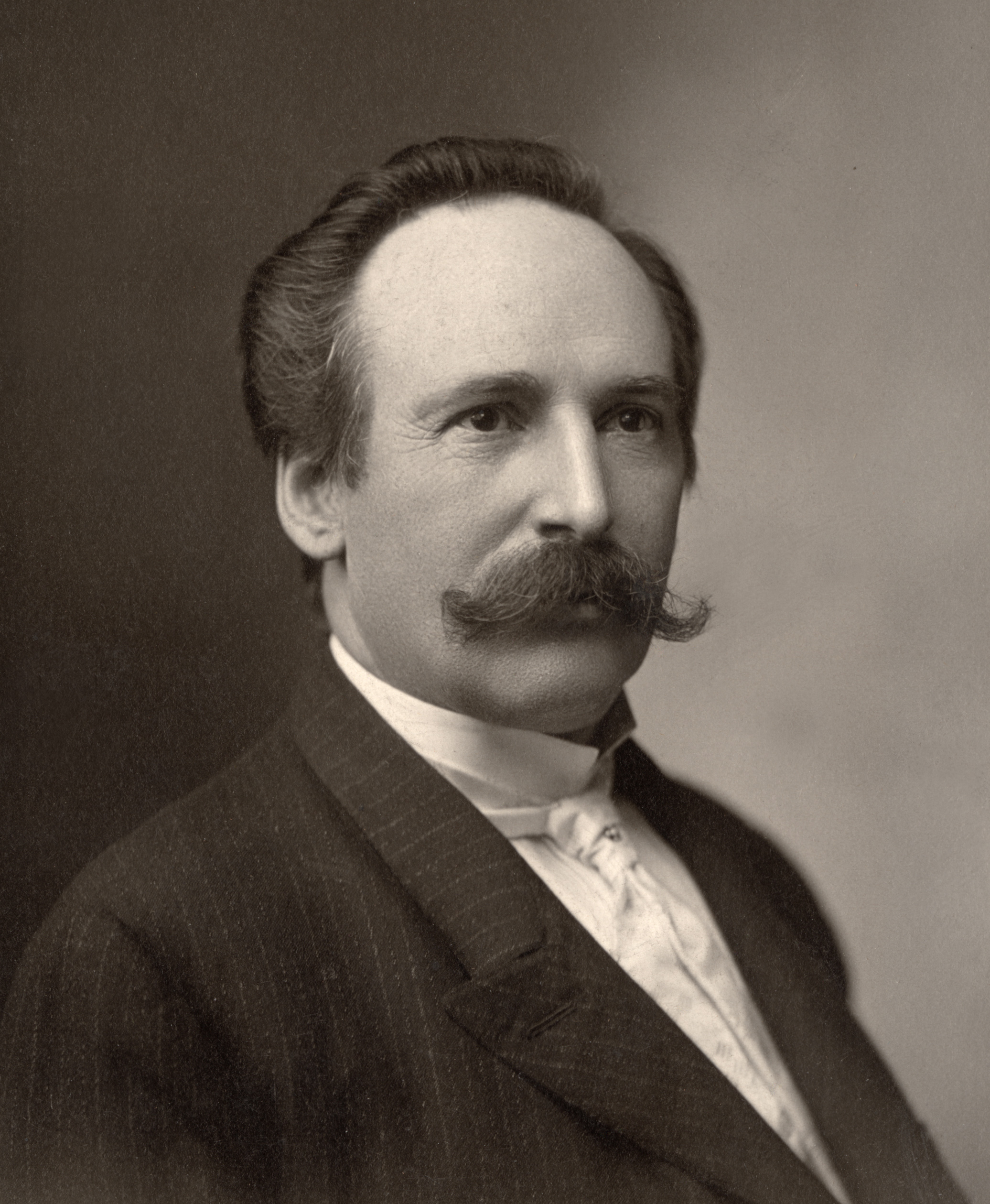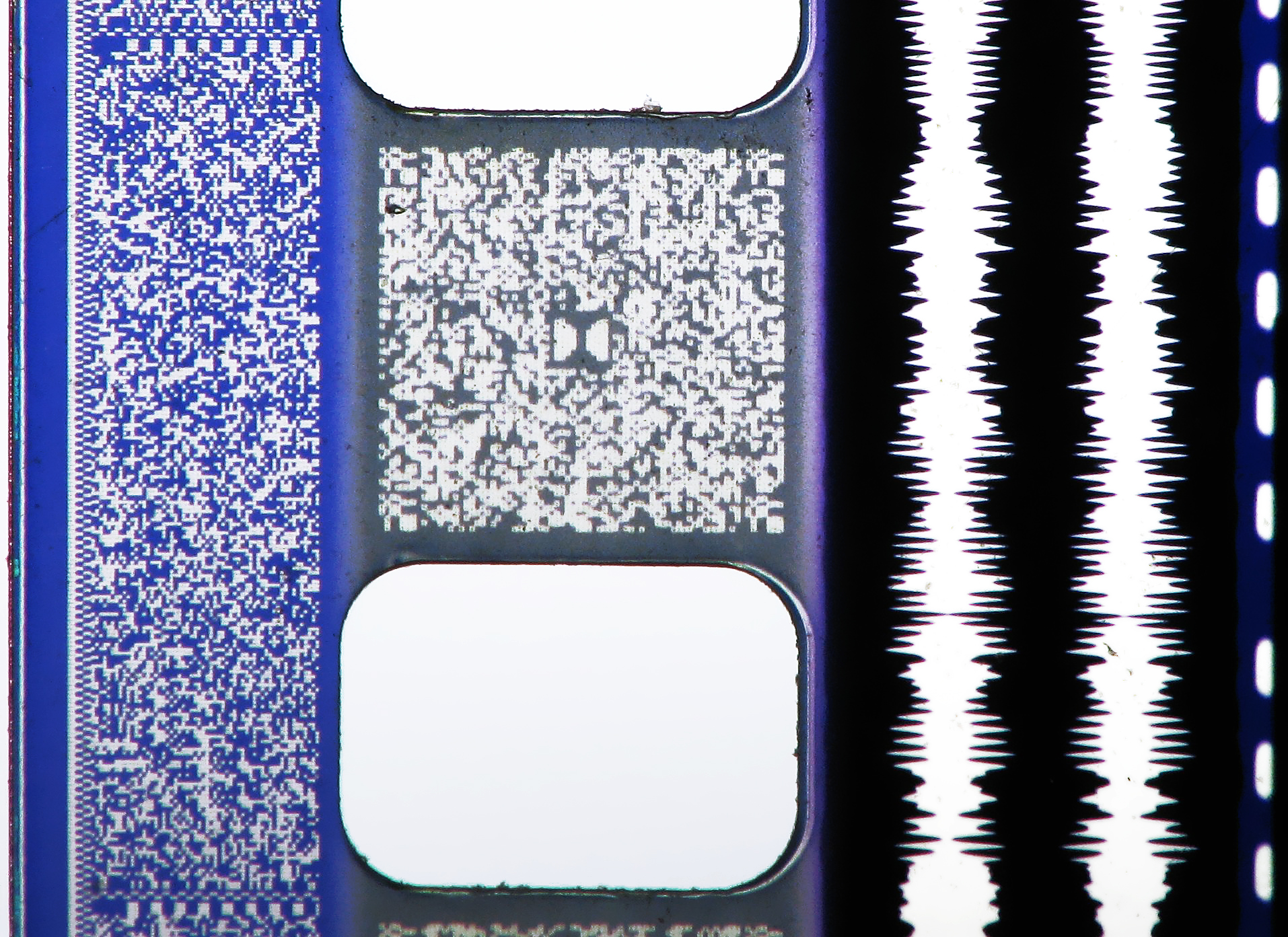|
Long Player
The LP (from long playing or long play) is an analog sound storage medium, specifically a phonograph record format characterized by: a speed of rpm; a 12- or 10-inch (30- or 25-cm) diameter; use of the "microgroove" groove specification; and a vinyl (a copolymer of vinyl chloride acetate) composition disk. Introduced by Columbia Records in 1948, it was soon adopted as a new standard by the entire US record industry and, apart from a few relatively minor refinements and the important later addition of stereophonic sound in 1957, it remained the standard format for record albums during a period in popular music known as the album era. LP was originally a trademark of Columbia and competed against the smaller 7-inch sized "45" or "single" format by RCA Victor, eventually ending up on top. Today in the vinyl revival era, a large majority of records are based on the LP format and hence the LP name continues to be in use today to refer to new records. Format advantages At the ... [...More Info...] [...Related Items...] OR: [Wikipedia] [Google] [Baidu] |
Edison Disc Record
The Edison Diamond Disc Record is a type of phonograph record marketed by Thomas A. Edison, Inc. on their Edison Record label from 1912 to 1929. They were named Diamond Discs because the matching Edison Disc Phonograph was fitted with a permanent conical diamond stylus for playing them. Diamond Discs were incompatible with lateral-groove disc record players, e.g. the Victor Victrola, the disposable steel needles of which would damage them while extracting hardly any sound. Uniquely, they are just under in () thick. Edison had previously made only phonograph cylinders but decided to add a disc format to the product line because of the increasingly dominant market share of the shellac disc records (later called 78s because of their typical rotational speed in revolutions per minute) made by competitors such as the Victor Talking Machine Company. Victor and most other makers recorded and played sound by a lateral or side-to-side motion of the stylus in the record groove, whi ... [...More Info...] [...Related Items...] OR: [Wikipedia] [Google] [Baidu] |
CBS Laboratories
CBS Laboratories or CBS Labs (later known as the CBS Technology Center or CTC) was the technology research and development organization of the CBS television network. Innovations developed at the labs included many groundbreaking broadcast, industrial, military, and consumer technologies. History and significant technological achievements CBS Laboratories was established in 1936 in New York City to conduct technological research for CBS and outside clients. In October 1957, CBS President Dr. Frank Stanton, speaking during the ground-breaking ceremonies for a new CBS Laboratories building in Stamford, Connecticut said: "Our objective in establishing the Laboratories is to continue CBS leadership in communications and electronics and provide broader research and development services." One year later, a group of 60 engineers and scientists, led by Dr. Peter Goldmark, left New York City and moved into the new 30,000 square-foot facility. The results of their efforts over the next 20 ... [...More Info...] [...Related Items...] OR: [Wikipedia] [Google] [Baidu] |
Billboard (magazine)
''Billboard'' (stylized in letter case, lowercase since 2013) is an American music and entertainment magazine published weekly by Penske Media Corporation. The magazine provides music charts, news, video, opinion, reviews, events and styles related to the music industry. Its Billboard charts, music charts include the Billboard Hot 100, Hot 100, the Billboard 200, 200, and the Billboard Global 200, Global 200, tracking the most popular albums and songs in various music genres. It also hosts events, owns a publishing firm and operates several television shows. ''Billboard'' was founded in 1894 by William Donaldson and James Hennegan as a trade publication for bill posters. Donaldson acquired Hennegan's interest in 1900 for $500. In the early years of the 20th century, it covered the entertainment industry, such as circuses, fairs and burlesque shows, and also created a mail service for travelling entertainers. ''Billboard'' began focusing more on the music industry as the jukebox ... [...More Info...] [...Related Items...] OR: [Wikipedia] [Google] [Baidu] |
The New York Times
''The New York Times'' (''NYT'') is an American daily newspaper based in New York City. ''The New York Times'' covers domestic, national, and international news, and publishes opinion pieces, investigative reports, and reviews. As one of the longest-running newspapers in the United States, the ''Times'' serves as one of the country's Newspaper of record, newspapers of record. , ''The New York Times'' had 9.13 million total and 8.83 million online subscribers, both by significant margins the List of newspapers in the United States, highest numbers for any newspaper in the United States; the total also included 296,330 print subscribers, making the ''Times'' the second-largest newspaper by print circulation in the United States, following ''The Wall Street Journal'', also based in New York City. ''The New York Times'' is published by the New York Times Company; since 1896, the company has been chaired by the Ochs-Sulzberger family, whose current chairman and the paper's publ ... [...More Info...] [...Related Items...] OR: [Wikipedia] [Google] [Baidu] |
Leopold Stokowski
Leopold Anthony Stokowski (18 April 1882 – 13 September 1977) was a British-born American conductor. One of the leading conductors of the early and mid-20th century, he is best known for his long association with the Philadelphia Orchestra. He was especially noted for his free-hand conducting style that spurned the traditional baton (conducting), baton and for obtaining a characteristically sumptuous sound from the orchestras he directed. Stokowski was music director of the Cincinnati Symphony Orchestra, the Philadelphia Orchestra, the NBC Symphony Orchestra, New York Philharmonic Orchestra, the Houston Symphony Orchestra, the NBC Symphony Orchestra, Symphony of the Air and many others. He was also the founder of the All-American Youth Orchestra, the New York City Symphony, the Hollywood Bowl Symphony Orchestra and the American Symphony Orchestra. Stokowski conducted the music for and appeared in several Hollywood films, most notably Disney's ''Fantasia (1940 film), Fantasia' ... [...More Info...] [...Related Items...] OR: [Wikipedia] [Google] [Baidu] |
Philadelphia Orchestra
The Philadelphia Orchestra is an American symphony orchestra, based in Philadelphia. One of the " Big Five" American orchestras, the orchestra is based at the Kimmel Center for the Performing Arts, where it performs its subscription concerts, numbering over 130 annually, at Marian Anderson Hall (formerly Verizon Hall). From its founding until 2001, the Philadelphia Orchestra gave its concerts at the Academy of Music. The orchestra continues to own the Academy, and returns there one week per year for the Academy of Music's annual gala concert and concerts for school children. The Philadelphia Orchestra's summer home is the Mann Center for the Performing Arts. It also has summer residencies at the Saratoga Performing Arts Center, and since July 2007 at the Bravo! Vail Valley Festival in Vail, Colorado. The orchestra also performs an annual series of concerts at Carnegie Hall. From its earliest days the orchestra has been active in the recording studio, primarily for RCA Victor ... [...More Info...] [...Related Items...] OR: [Wikipedia] [Google] [Baidu] |
Symphony No
A symphony is an extended musical composition in Western classical music, most often for orchestra. Although the term has had many meanings from its origins in the ancient Greek era, by the late 18th century the word had taken on the meaning common today: a work usually consisting of multiple distinct sections or movements, often four, with the first movement in sonata form. Symphonies are almost always scored for an orchestra consisting of a string section (violin, viola, cello, and double bass), brass, woodwind, and percussion instruments which altogether number about 30 to 100 musicians. Symphonies are notated in a musical score, which contains all the instrument parts. Orchestral musicians play from parts which contain just the notated music for their own instrument. Some symphonies also contain vocal parts (e.g., Beethoven's Ninth Symphony, or Mahler's Second Symphony). Etymology and origins The word ''symphony'' is derived from the Greek word (), meaning ... [...More Info...] [...Related Items...] OR: [Wikipedia] [Google] [Baidu] |
Great Depression
The Great Depression was a severe global economic downturn from 1929 to 1939. The period was characterized by high rates of unemployment and poverty, drastic reductions in industrial production and international trade, and widespread bank and business failures around the world. The economic contagion began in 1929 in the United States, the largest economy in the world, with the devastating Wall Street stock market crash of October 1929 often considered the beginning of the Depression. Among the countries with the most unemployed were the U.S., the United Kingdom, and Weimar Republic, Germany. The Depression was preceded by a period of industrial growth and social development known as the "Roaring Twenties". Much of the profit generated by the boom was invested in speculation, such as on the stock market, contributing to growing Wealth inequality in the United States, wealth inequality. Banks were subject to laissez-faire, minimal regulation, resulting in loose lending and wides ... [...More Info...] [...Related Items...] OR: [Wikipedia] [Google] [Baidu] |
Westwood One
Westwood One, Inc. is an American radio network owned by Cumulus Media. The company syndicates talk, music, and sports programming. The company takes its name from an earlier network also named Westwood One, a company founded in 1976. The company was, at various times, managed by CBS Radio, the radio arm of CBS Corporation and Viacom. It was later purchased by the private equity firm The Gores Group before merging with Dial Global in 2011. In December 2013, Dial Global was, in turn, acquired by Cumulus Media. Prior to the sale's completion, Dial Global re-assumed the Westwood One name. After the completion of the purchase, Westwood One was merged into the Cumulus Media Networks division (the former ABC Radio Networks). Content syndicated by Westwood One includes talk shows, music programs and 24-hour formats. It is particularly prominent in sports radio, distributing Infinity Sports Network and holding various play-by-play rights, including the National Football League's ... [...More Info...] [...Related Items...] OR: [Wikipedia] [Google] [Baidu] |
King Biscuit Flower Hour
The ''King Biscuit Flower Hour'' was an American syndicated radio show presented by the D.I.R. Radio Network that featured concert performances by various rock music recording artists. History The program was broadcast on Sunday nights from 1973 until 1993. Following the end of original programming, the program continued, featuring material from previously broadcast shows, until 2005. During its prime, the program was carried by more than 300 radio stations throughout the United States. The show's name was derived from the influential blues radio show '' King Biscuit Time'', which was sponsored by the King Biscuit Flour Co., combined with the hippie phrase " flower power". The first show was broadcast on February 18, 1973, and featured Blood, Sweat & Tears, the Mahavishnu Orchestra, and Bruce Springsteen. The long-time host of the show until the mid-1990s was Bill Minkin, whose voice has been described as "the perfect blend of hipster enthusiasm and stoner casualness." The ... [...More Info...] [...Related Items...] OR: [Wikipedia] [Google] [Baidu] |
Sound-on-film
Sound-on-film is a class of sound film processes where the sound accompanying a picture is recorded on photographic film, usually, but not always, the same strip of film carrying the picture. Sound-on-film processes can either record an Analog signal, analog sound track or Digital data, digital sound track, and may record the signal either optical sound, optically or magnetism, magnetically. Earlier technologies were sound-on-disc, meaning the film's soundtrack would be on a separate phonograph record. History Sound on film can be dated back to the early 1880s, when Charles E. Fritts filed a patent claiming the idea. In 1923 a patent was filed by E. E. Ries, for a variable density soundtrack recording, which was submitted to the SMPE (now Society of Motion Picture and Television Engineers, SMPTE), which used the mercury vapor lamp as a modulating device to create a variable-density soundtrack. Later, Theodore Case, Case Laboratories and Lee De Forest#Phonofilm sound-on-film pro ... [...More Info...] [...Related Items...] OR: [Wikipedia] [Google] [Baidu] |





